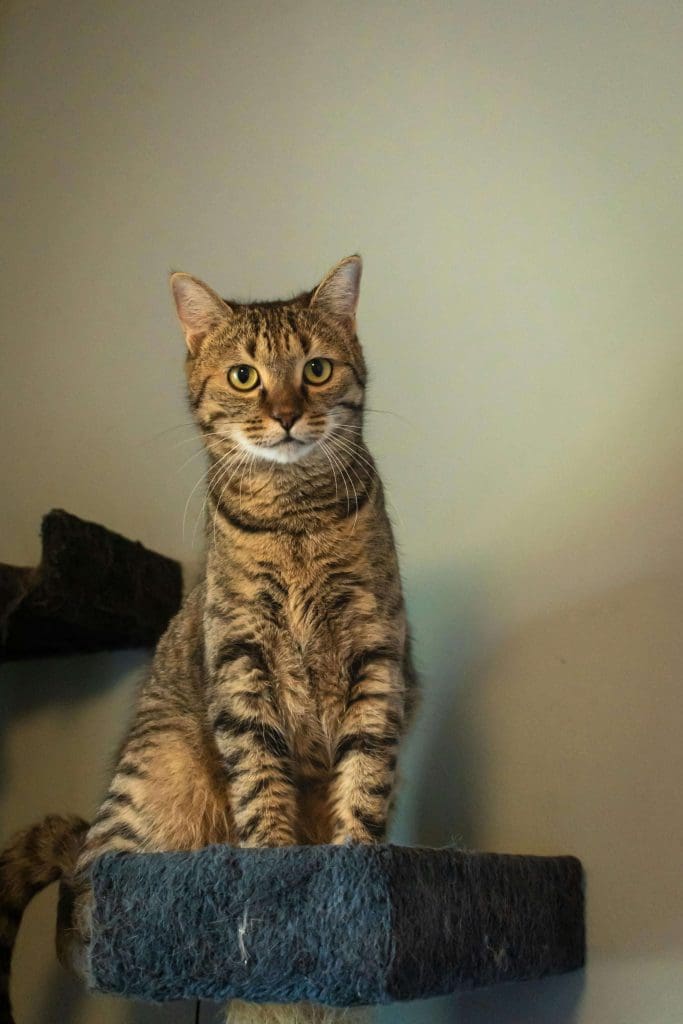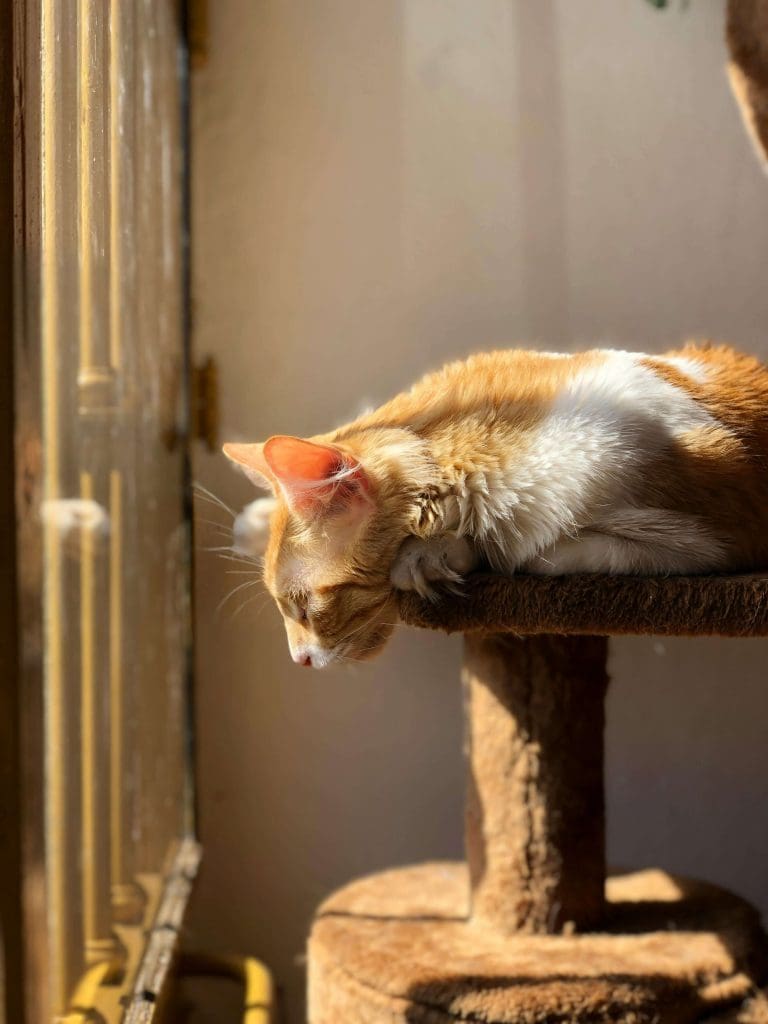Even the cleanest, most well-maintained home isn’t immune to fleas. Adult female fleas can lay up to 50 nearly microscopic eggs per day, leaving most people unaware that their space has been infested until they find themselves (and their pets) covered in itchy bites.
While bringing your cats indoors keeps them safe from a lengthy list of environmental hazards, fleas can easily sneak under the radar and introduce serious health problems. Whether your cat roams the neighborhood or just your home, routine flea prevention is important for wellness.
 Flea-Borne Illnesses in Cats
Flea-Borne Illnesses in CatsA flea infestation is more than just a nuisance. These tiny insects play host to infectious bacteria and parasites that can affect both you and your household cats.
Tapeworms are long, segmented parasites that invade pets’ gastrointestinal systems and leech off their nutrients. When cats try to groom flea-infested skin, they can easily swallow adult fleas that have eaten tapeworm eggs. These eggs hatch and mature inside pets’ small intestines.
Because individual tapeworm segments can be quite small, many pet parents aren’t aware of an infection until their cat begins to show signs of malnutrition.
Flea feces harbor the bacteria that causes bartonellosis, more commonly known as cat scratch disease.
Cats who have been exposed to fleas can ingest this harmful bacteria while grooming. When a carrier animal scratches another cat or human, it can pass bartonellosis.
Symptoms of cat scratch disease are similar in humans and felines, including:
Severe cases of bartonellosis require antibiotics.
All cats find flea bites itchy, but for 50% of domestic cats, fleas are the cause of allergic dermatitis. A reaction to flea bites can lead to inflamed skin, cystic acne, and hairless patches.
You’re fastidious about your living environment — how could fleas find their way in?
Thanks to their small size and rapid reproduction cycle, fleas are experts at home invasion. Here are some of their most common pathways.

If you’re adding a pet to your family, ensuring that your new addition is flea-free sounds like a no-brainer. However, it’s much harder to prevent unwelcome residents, like mice and rats, from introducing fleas into your home. Rodents are common carriers of both fleas and flea-borne illnesses, so it’s important to address pest problems quickly for the safety of your pets.
Fleas can hitchhike on the skin or clothing of people who have been exposed to an infestation. Pet sitters, home maintenance professionals, and friends can sometimes be unwitting vehicles for parasites.
Secondhand items that appear clean can sometimes harbor flea eggs if they’ve spent time in an infested environment. Take precautions and disinfect used goods before you bring them inside.
Fleas are so tiny and fast-moving, an infestation can take hold without ever spotting an individual flea. Seek treatment if your cat is displaying any of these symptoms:
Fortunately, prevention is simple to administer and fairly inexpensive.
Most feline flea treatments are available in monthly or three-month topical doses and work best when all household cats are on the same prevention cycle. Your veterinarian can help you choose a flea prevention routine that suits the needs of your family.
Note: dog flea preventatives are formulated with ingredients that are highly toxic to cats, even at the correct dose per weight. Never give a canine flea treatment to your cat, and seek help right away in the event of a mix up.